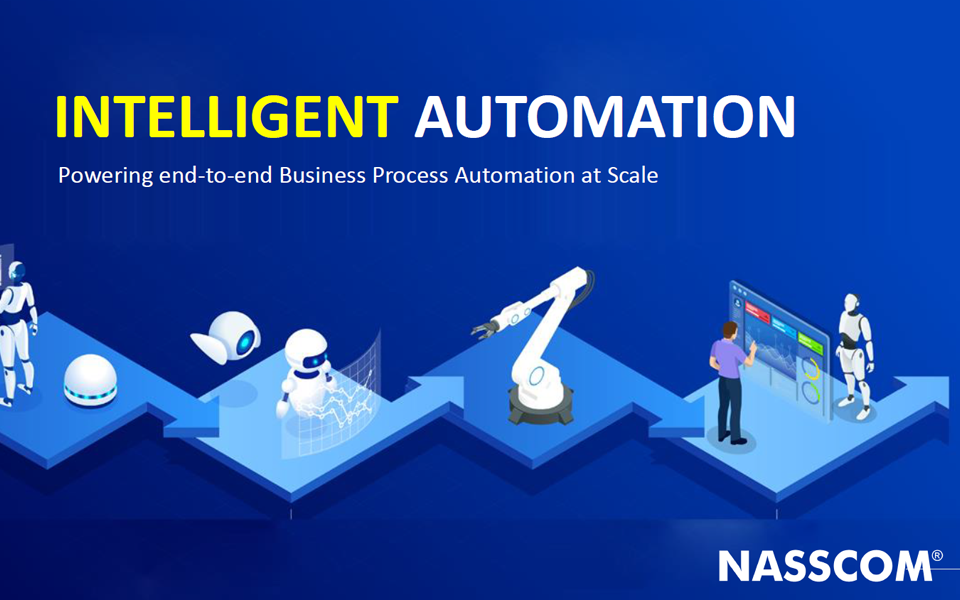The post-pandemic landscape has presented unique challenges and opportunities for small and medium businesses (SMBs). As organizations recover and adapt to new market dynamics, it is clear that automation, benchmarked against old paradigms, must evolve significantly. The traditional approach of simply automating isolated tasks or functions is no longer sufficient. Instead, the modern enterprise needs a more holistic integration of intelligent technologies that can efficiently manage and leverage the vast amounts of unstructured data generated daily. By embracing machine learning, computer vision, and natural language processing, SMBs can bring transformative efficiencies to their operations, better address cost constraints, bridge the gap between physical and digital workforces, and ultimately accelerate their digital transformation initiatives.
To begin leveraging automation, SMB leaders should take a structured approach to integration while ensuring that they focus on outcomes exclusive to their business needs. Initially, identify specific workflows that are time-consuming or prone to human error. For instance, consider automating customer service inquiries using natural language processing tools. By integrating AI-driven chatbots through platforms like Zapier, businesses can streamline responses to common queries, allowing human agents to focus on more complex issues. This not only enhances the customer experience but also improves operational efficiency by reducing response times.
Step one involves utilizing tools such as Make or Zapier to connect your current business software. For example, if your customer inquiries come through email, a simple Zap can link your email application to a CRM system, filtering and categorizing inquiries automatically. This workflow eliminates the need for manual sorting and ensures that no customer touches go unanswered, setting the stage for more personalized interactions later on.
After establishing basic automations, SMBs can explore data analytics solutions powered by machine learning algorithms. Opportunities exist to predict customer behaviors based on past interactions. By feeding historical data into a machine learning model, businesses can uncover patterns that reveal what products or services are likely to interest specific segments of their clientele. This predictive capability allows for more targeted marketing campaigns tailored to the precise needs of customers, effectively improving conversion rates and boosting overall sales.
However, it’s important for SMB leaders to remain cognizant of potential risks. The reliance on automated systems may lead to vulnerabilities around data privacy and security, especially when handling sensitive customer information. It is crucial to implement robust security practices around the data being utilized in AI models, including encryption and strict access controls. Regular audits of security measures can help mitigate risks associated with automation while ensuring compliance with legal obligations.
Moreover, the integration of advanced automation should be seen as a gradual process rather than an overnight shift. For instance, once an AI-powered chatbot is operational, business leaders should closely monitor its performance. Analyze response statistics, customer satisfaction metrics, and follow-up data to continuously optimize the system. Gathering feedback from customer service representatives can provide valuable insights into the chatbot’s efficiency, highlighting areas needing adjustment to better serve customers.
As SMBs seek to automate more complex processes, they can look into computer vision technology for inventory management. By integrating image recognition systems, businesses can automate the tracking of stock in real time. This can be executed through straightforward API connections available on automation platforms. Not only does this minimize the potential for inventory errors, it also creates a smoother supply chain process, decreasing excess stock and ensuring prompt order fulfillment.
The return on investment associated with these initiatives can be significant. By reducing operational costs through automation, businesses can allocate resources more effectively. This can enable investments in other growth areas, such as enhanced product development or improved customer engagement strategies. Over time, automated workflows can lead to improved efficiency, reduced human error, and ultimately higher profit margins as operational costs decline.
In summary, the landscape for SMBs in the post-pandemic era demands a strategic approach to automation that embraces modern technologies. Organizations should focus on critical workflows, enabling data-driven decision-making while ensuring security risks are managed effectively. As businesses scale these automation efforts, they will not only gain a competitive edge but also foster a more agile and responsive operational model.
FlowMind AI Insight: By adopting intelligent automation tools, SMBs can transform their operations, reduce costs, and deliver more personalized customer experiences. A disciplined approach to integration and continual refinement can empower organizations to thrive in an increasingly digital world.
Original article: Read here
2025-09-10 05:35:00

